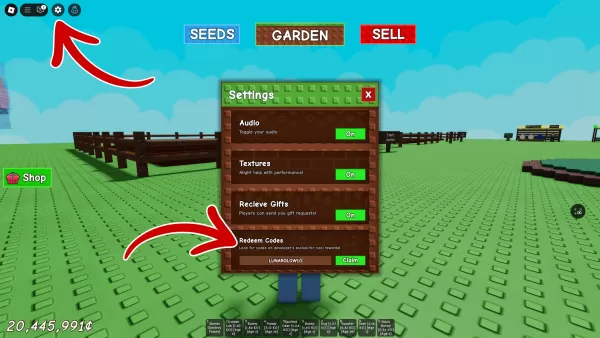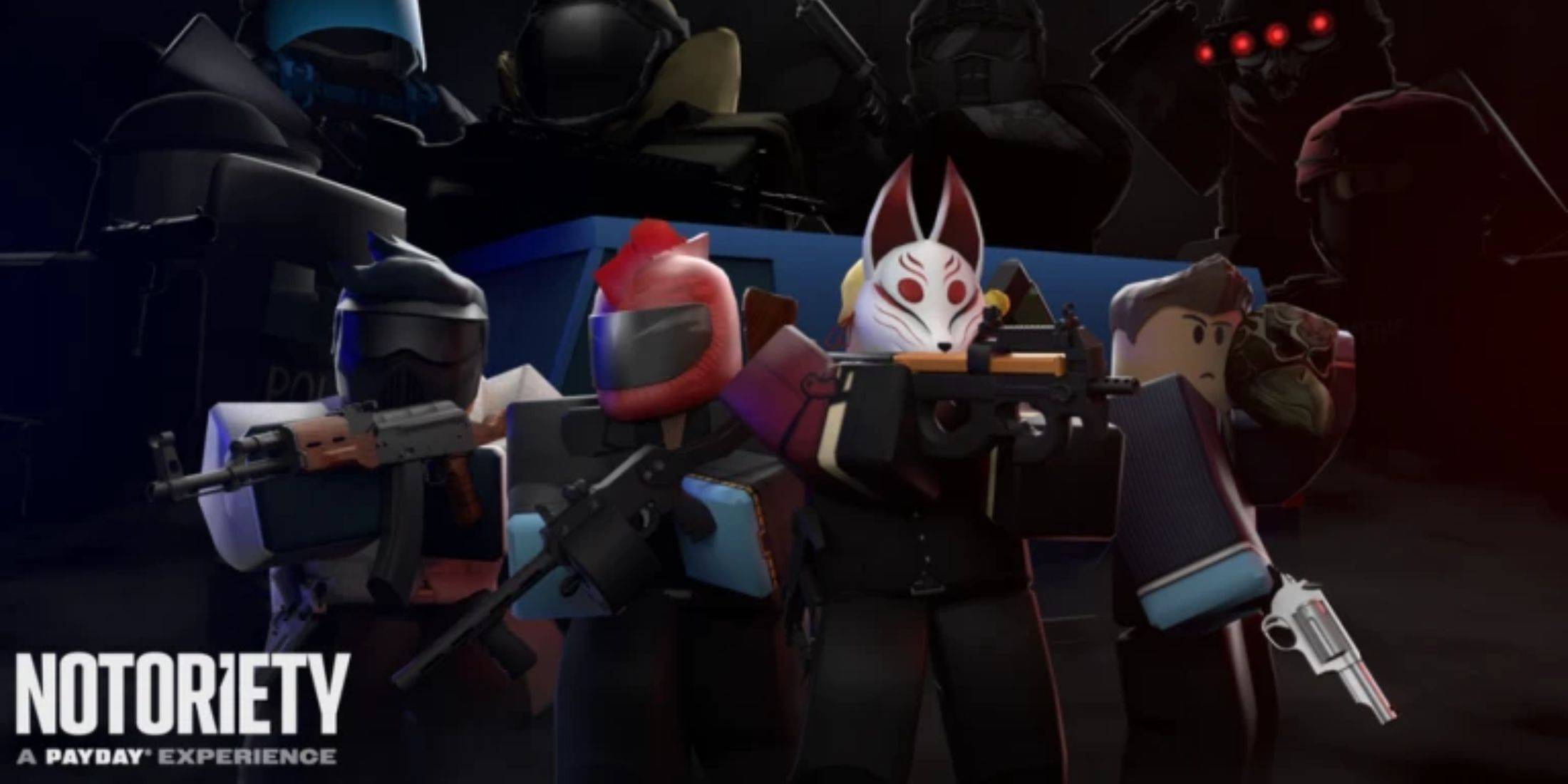Switch 2 Cheaper Than Expected at Launch
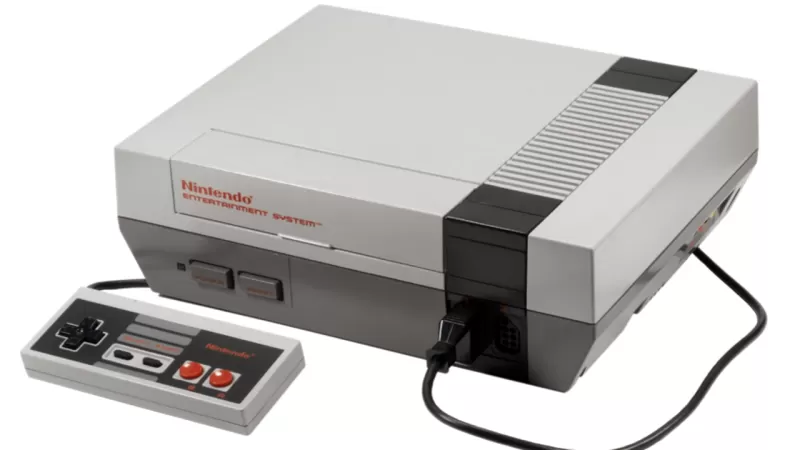

The $450 USD price tag for Nintendo Switch 2 made waves among fans, marking a significant jump from previous Nintendo console launches. While analysts predicted the Switch 2 would cost at least $400 due to rising production costs and economic factors, the actual pricing - especially for games like the $80 Mario Kart World - came as a surprise to many.
Nintendo Switch 2 Price vs. Historical Nintendo Consoles
NES (1985)

Originally priced at $179 in 1985, the NES would cost approximately $523 today when adjusted for inflation - making it Nintendo's most expensive console launch in real terms.
SNES (1991)

The $199 SNES from 1991 equals about $460 in today's dollars - remarkably close to the Switch 2's current pricing.
Nintendo 64 (1996)

Maintaining the $199 price point in 1996, the N64's inflation-adjusted cost comes to $400 today.
GameCube (2001)

The 2001 GameCube's $199 launch price translates to $359 in 2025 dollars.
Wii (2006)

The wildly successful motion-controlled Wii launched at $249, which equals $394 today.
Wii U (2012)

Nintendo's $299 Wii U in 2012 approximates $415 when adjusted for inflation, making it historically the closest competitor to Switch 2 pricing.
Original Switch (2017)

The first-generation Switch's $299 price tag in 2017 converts to $387 today, making it one of Nintendo's more affordable modern consoles in real terms.
The Rising Cost of Games
While the Switch 2 hardware pricing follows historical trends when accounting for inflation, the jump to $70-$80 for first-party titles represents a more significant increase. Comparatively, NES games ranged from $34 ($98 today) to $45 ($130 today) at launch.
Interestingly, Nintendo will offer a Japan-exclusive region-locked Switch 2 at a reduced price of 49,980 JPY ($340), highlighting how economic factors impact global pricing strategies.
How Switch 2 Compares to Competing Consoles
PlayStation 2 (2000)

The best-selling console in history launched at $299, which would be $565 today.
Xbox 360 (2005)

Microsoft's popular $299 console from 2005 equals about $500 in current dollars.

When viewed through the lens of inflation-adjusted pricing, the Switch 2 falls within Nintendo's historical pricing trends, though still at the higher end of their modern consoles. The true disruption comes from the increased software pricing, reflecting broader industry trends toward premium pricing for major franchises.
-
It’s returning once more. Seth MacFarlane’s American Dad will rejoin Fox, officially set for a second debut on the network in 2026, alongside fresh episodes of MacFarlane’s other popular show, FamilyAuthor : Nora Oct 04,2025
-
Black Myth: Zhong Kui will take priority before continuing Wukong's adventure. Discover how the developers approached this sequel and whether Wukong will receive additional content.Black Myth Series Enters New ChapterRebuilding Foundations With ZhongAuthor : Gabriella Oct 04,2025
-
 Number One ZeroDownload
Number One ZeroDownload -
 Unwanted MovieDownload
Unwanted MovieDownload -
 Hey Love Adam ModDownload
Hey Love Adam ModDownload -
 Spiderman vs Iron Man 3D AdventuresDownload
Spiderman vs Iron Man 3D AdventuresDownload -
 BAIVIP Doi Thuong - Game danh baiDownload
BAIVIP Doi Thuong - Game danh baiDownload -
 MEGA JACKPOT CASINO : Jackpot Slot Machine VegasDownload
MEGA JACKPOT CASINO : Jackpot Slot Machine VegasDownload -
 Flying Ambulance Rescue DriveDownload
Flying Ambulance Rescue DriveDownload -
 Undoing MistakesDownload
Undoing MistakesDownload -
 Checkers (Draughts)Download
Checkers (Draughts)Download -
 BeekeeperDownload
BeekeeperDownload
- Black Ops 6 Zombies: How To Configure The Summoning Circle Rings on Citadelle Des Morts
- Harvest Moon: Lost Valley DLC and Preorder Details Revealed
- Roblox: Latest DOORS Codes Released!
- Roblox: Blox Fruits Codes (January 2025)
- Silent Hill 2 Remake Coming to Xbox and Switch in 2025
- Roblox: Freeze for UGC Codes (January 2025)


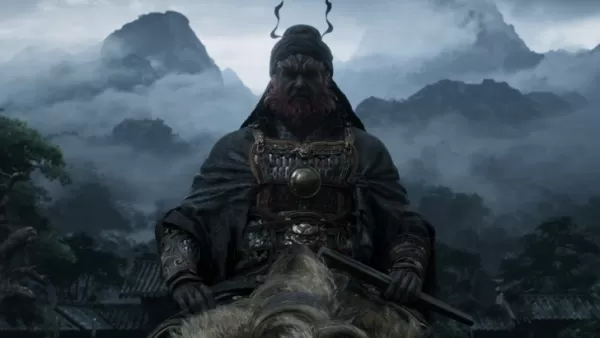
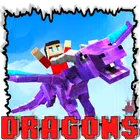



![Taffy Tales [v1.07.3a]](https://imgs.ehr99.com/uploads/32/1719554710667e529623764.jpg)




